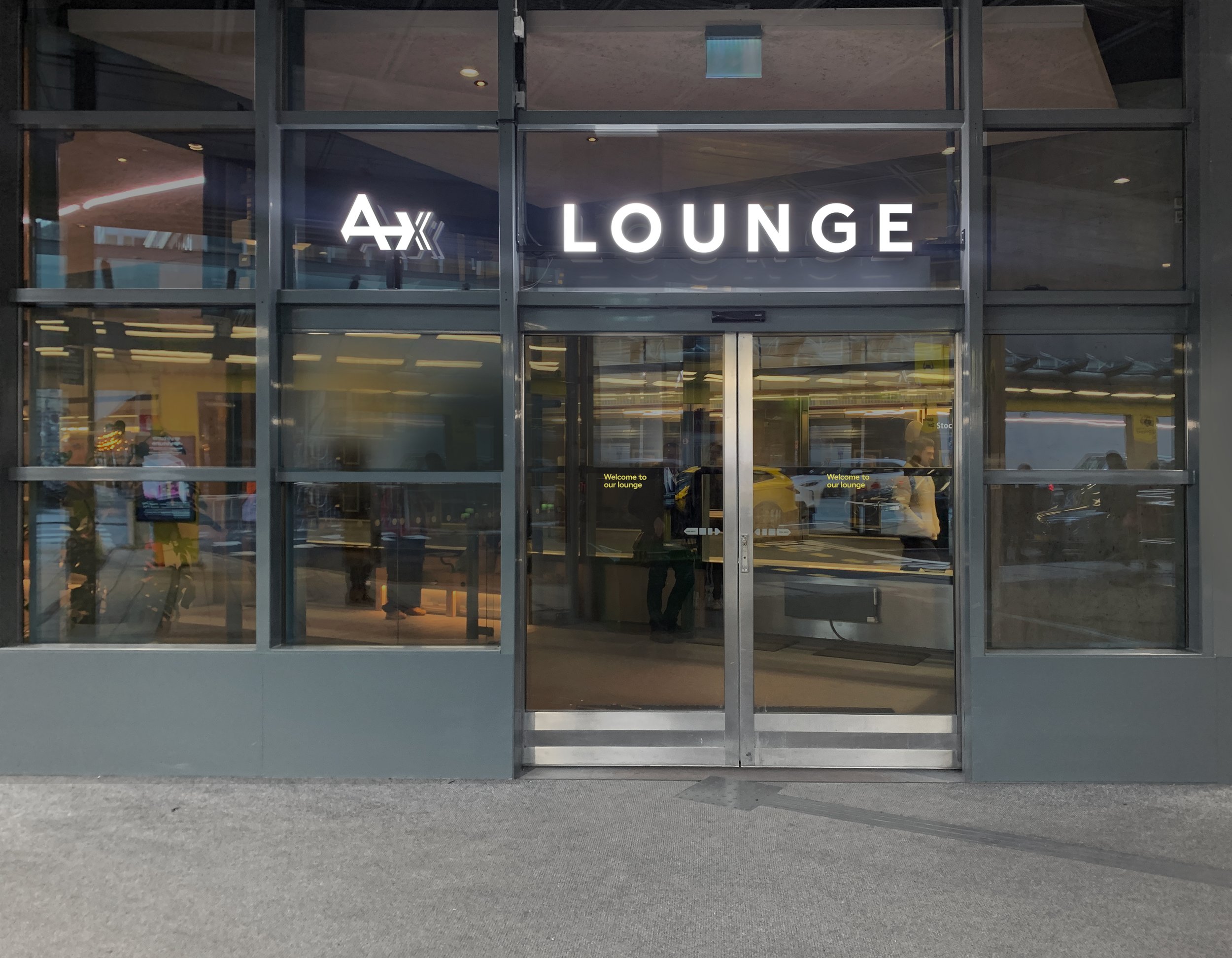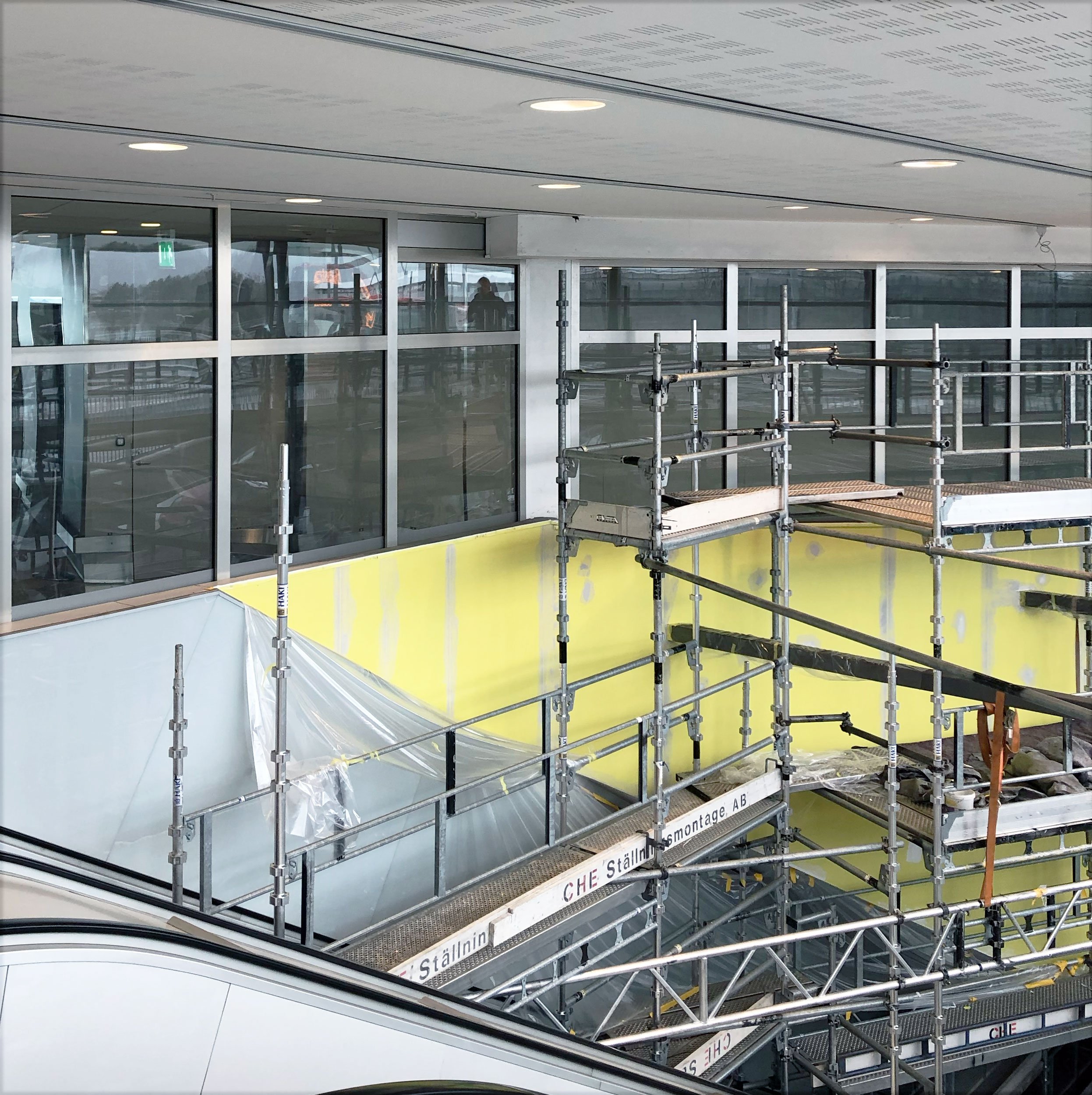The Future is Designed: A reflection on Designing Spaces That Move With Your Brand
A Grey White Paper on Spatial Design Feb 6, 2024
A brand is more than a logo—it’s an experience. It’s how people feel when they interact with your business, whether through a digital touchpoint, a product, or a physical space. When brands extend their identity into architecture, wayfinding, and spatial experience, they create more than just aesthetically pleasing environments; they design movement, interaction, business and emotion.
The spaces we move through like offices, hotels, retail stores, campuses—are not just functional areas; they tell a story. Every transition between rooms, every sign that guides a visitor, and every detail in the flow of movement either strengthens or weakens a brand’s presence. Coherence is the invisible thread that connects it all.
Coherence in Space: Designing a Seamless Brand Experience
Coherence in spatial design is about ensuring that every element—visual, verbal, and experiential—aligns with a brand’s core principles. It’s not just about colors and materials; it’s about designing behaviors and interactions. A workspace that champions openness and innovation should reflect that in its navigation, layout, and flow. A hospitality space that values intimacy and warmth should make movement feel intuitive and effortless.
Coherence means:
Consistency Across Touchpoints – The wayfinding, materials, and flow should match the brand’s identity, whether it’s playful, refined, or bold.
Intuitive Navigation – Good wayfinding isn’t just about signage; it’s about making movement feel natural and frictionless.
Emotional Continuity – Every interaction within a space should evoke the same brand promise, whether it's trust, excitement, or exclusivity.
Wayfinding: More Than Signs, A Journey Through Brand
Wayfinding is not just about directing people from point A to B; it’s about creating a seamless brand experience through movement. It’s about reducing friction, enhancing immersion, and subtly reinforcing identity. The best wayfinding systems don’t just tell people where to go—they make them feel like they belong.
For example, a progressive, tech-driven brand may use interactive digital interfaces to guide movement, whereas a brand rooted in heritage and craftsmanship might lean into tactile, analog cues. The signage, lighting, and even spatial acoustics should work together to create a navigational flow that aligns with brand values.
Beyond Interiors: Designing for Flow and Interaction
Interior design defines what a room looks like; brand-led spatial design defines how people engage with it. The way a space directs movement can signal hierarchy, collaboration, exclusivity, or accessibility. A retail space designed for discovery will encourage wandering, while a high-end boutique might subtly guide visitors toward curated moments of interaction.
A well-designed space doesn’t just house a brand; it embodies it. It invites visitors, employees, and guests to move, interact, and connect in a way that feels inherently aligned with the brand’s ethos.
Future-Proofing Branded Spaces
Just like digital interfaces evolve, so should physical brand spaces. Prototyping spatial experiences, testing different flows, and adapting wayfinding systems based on user behavior ensures that a space remains relevant and functional. Businesses that see spatial design as a living system—one that can flex and shift alongside growth and change—will create experiences that are not just memorable, but enduring.
At To Be Designed, we don’t just create environments—we shape how brands live within them. Whether designing wayfinding, movement patterns, or entire brand-driven spaces, our goal is to create places that don’t just look good, but feel right.
Example, Arlanda express
For Arlanda Express, we made a future spatial vision redefining how brand identity extends beyond visuals into physical spaces and customer experiences. Our work has guided everything from a refreshed visual identity and custom typography to wayfinding, service design, and digital interfaces. By integrating this thinking with strategy and design, we ensured that every touchpoint—stations, trains, digital platforms— could be used in a more seamless way. More intuitive, and distinctly Arlanda Express. Since the strategic part we’ve prototyped, tested, and refined solutions that not only enhanced navigation and comfort but also reinforced the brand’s forward-thinking identity. Whether through scalable signage, adaptive safety design, or creating a sense of ease for travelers, we built an experience that evolves with the business and its customers and made Arlanda express ready for innovation – To go from A to X.
Let’s design spaces
that move with meaning.
Get started with us.
Brand Experience Strategy – Define how your brand comes to life in physical spaces. We map out the flow of people, interactions, and touchpoints to ensure a seamless and intentional experience ready for innovation.
Prototyping & Testing – We don’t just design; we prototype. From wayfinding to spatial branding, we test concepts in real environments to refine functionality, aesthetics, and coherence.
Integrated Identity & Space – Your brand isn’t just a logo; it’s how how employees work and how people move, feel, and engage. We align signage, architecture, and service design to create a unified and immersive brand presence.
Quick Spatial Identity Audit – A fast, insightful review of your space with practical recommendations to enhance brand coherence, navigation, and user experience—perfect for a small business looking to refine its physical presence.




TBD - A strategic design and innovation studio based in Stockholm. Trusted partner to ambitious brands. We set the world off in the right direction with our holistic design approach, mixing behavioural science and industrial design principles to imagine better futures and to shape all the smart things yet To Be Designed.
Get in touch
joakim@tobedesigned.io
